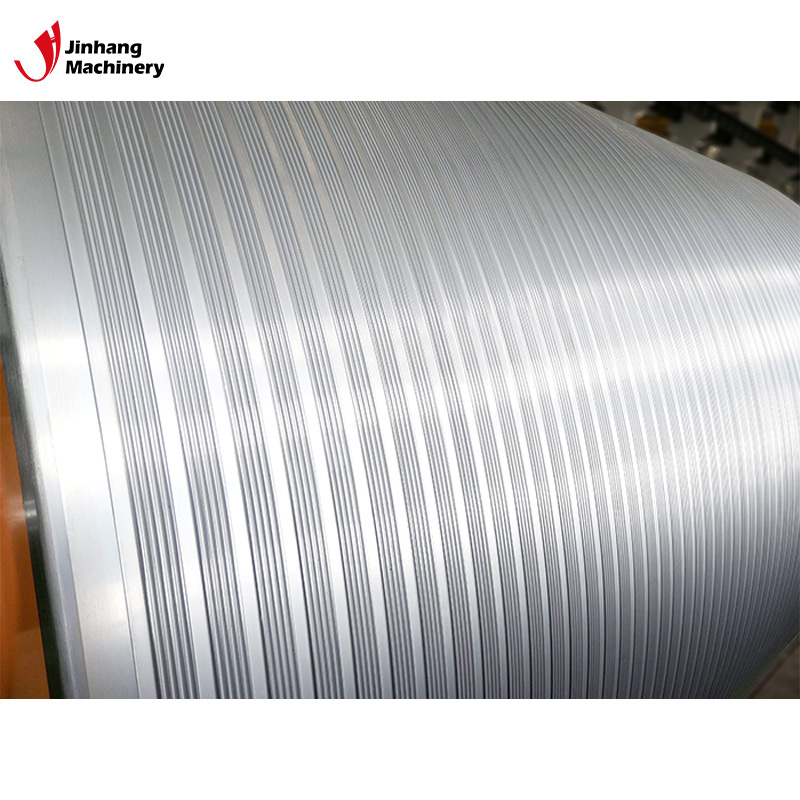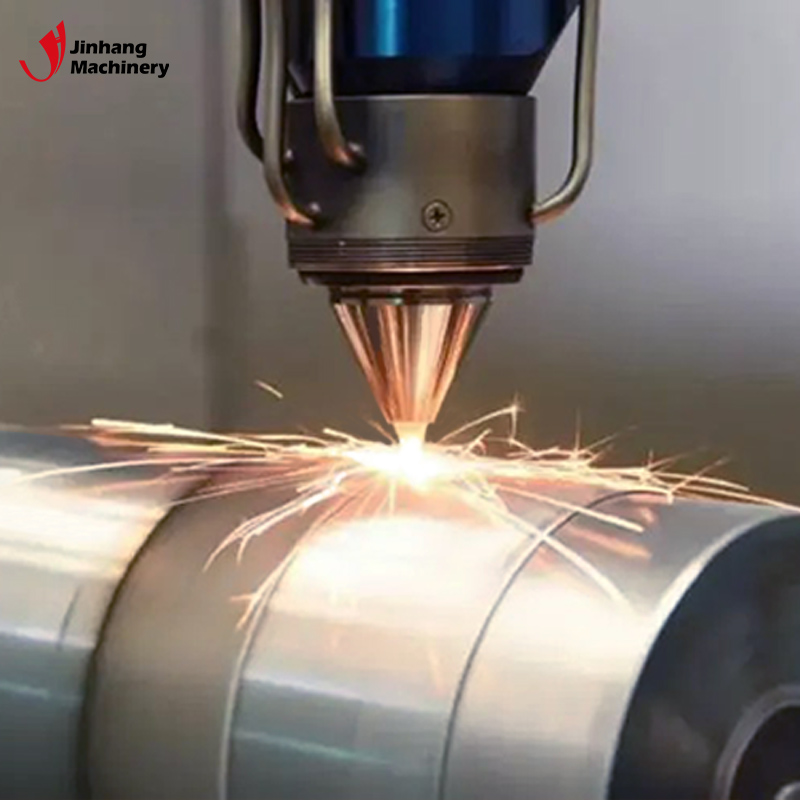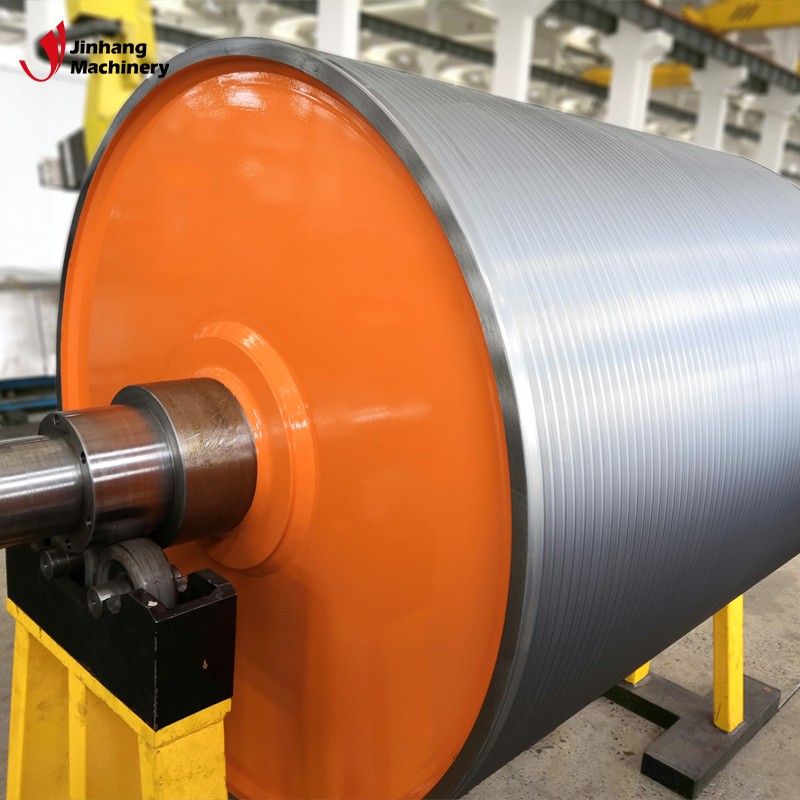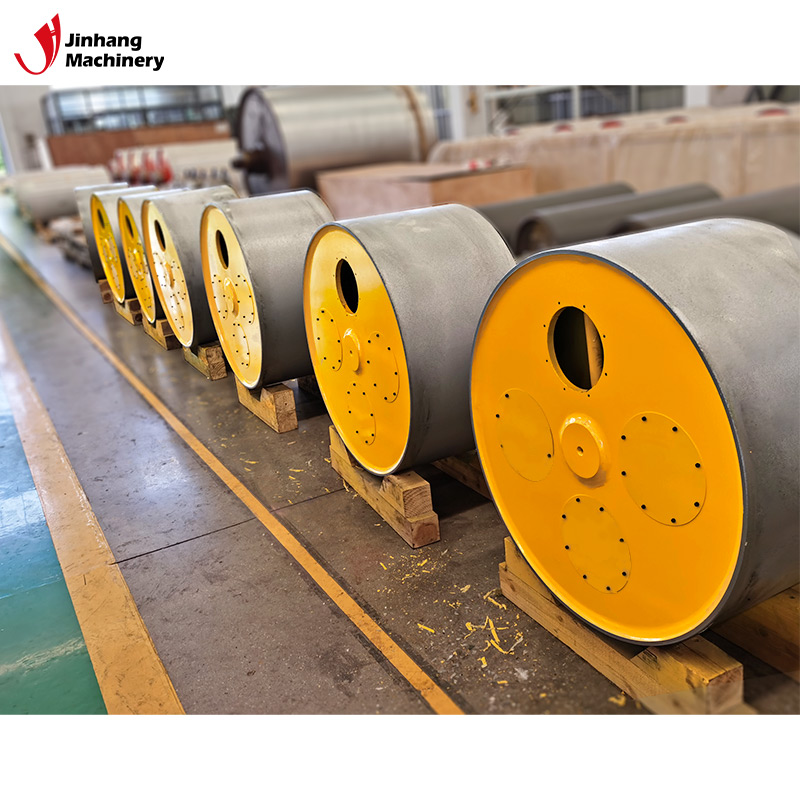How to chrome plate industrial rollers?
Industrial rollers are vital components in many manufacturing and heavy industry sectors, and they are subject to significant pressure, friction and temperature changes during production. In order to extend the service life of industrial rollers and improve their performance, chromium plating process is often used to enhance the wear resistance, corrosion resistance and surface hardness of industrial rollers. Chrome plating not only significantly improves roller usage efficiency, but also reduces maintenance costs and production downtime.
So, what are the specific steps for industrial roller chromium plating? What are the key factors that need to be paid attention to during the chromium plating process? This article will explain to you in detail the entire process of industrial roller chromium plating.

What does chrome plating mean?
Chrome plating is a method of depositing metallic chromium onto the surface of a substrate through an electroplating process. This process uses an electrolysis process to reduce the chromium ions dissolved in the plating solution and attach them to the substrate to form a uniform chromium layer. The chromium plating process is often used for surface treatment of industrial rollers to improve their wear resistance, corrosion resistance and surface hardness, thereby extending their service life.
What is the basic principle of chrome plating?
The basic principle of chromium plating is electrochemical reaction. In the electrolytic cell, the industrial roller serves as the cathode, and the chromium ions in the chromate solution are reduced to metallic chromium under the action of the electric field and deposited on the surface of the roller. The anode is usually made of an insoluble material, such as lead or a lead alloy, and is responsible for providing the current and maintaining the chromium ion concentration in the plating bath.
What are the classifications of chrome plating?
Depending on the application, chrome plating can be divided into decorative chrome plating, hard chrome plating and repair chrome plating. Industrial rollers usually use hard chromium plating. This coating has a large thickness and extremely high hardness, and is suitable for occasions that require high wear resistance and high corrosion resistance.

How to chrome plate industrial rollers?
Specific steps for industrial roller chromium plating:
1. Surface preparation
2. Preparation of electroplating tank
3. Electroplating process
4. Post-processing
surface preparation
Surface preparation is a crucial first step in the chrome plating process. There are usually impurities such as oxides, oil, dust, etc. on the surface of untreated industrial rollers. If these impurities are not completely removed, the adhesion and uniformity of the chromium plating layer will be affected.
● Degreasing: First, the roller surface needs to be degreased, usually using alkaline solution or organic solvent to remove oil stains and organic pollutants. After degreasing, rinse the roller surface thoroughly with water to prevent residues from affecting subsequent processing.
● Pickling: After degreasing, the rollers need to be pickled to remove surface oxides and rust. Commonly used pickling agents include sulfuric acid, hydrochloric acid or hydrofluoric acid. After pickling, water washing is also required to remove acid residue.
● Polishing: In some cases, especially when the roller surface requires extremely high smoothness, mechanical polishing or electrochemical polishing is required to obtain a smooth surface. Polishing removes tiny scratches and irregularities from the surface, making the chrome layer more even.
Plating bath preparation
The electroplating tank used for chromium plating is usually a container made of corrosion-resistant material with a plating solution inside. The composition of the electroplating solution is a crucial factor in the chromium plating process. It usually consists of chromic acid, sulfuric acid and other additives. These ingredients work together to ensure the stability of the chromium plating process and the quality of the coating.
● Preparation of electroplating solution: According to process requirements, dissolve chromic acid and sulfuric acid in deionized water in a certain proportion. Typically, the concentrations of chromic acid and sulfuric acid are 250 g/L and 2.5 g/L respectively. According to different industrial roller types and coating thickness requirements, the formula of the electroplating solution may be adjusted.
● Temperature control of electroplating bath: The temperature of electroplating solution has a great influence on the quality of chromium plating. Normally, the temperature of the electroplating solution is maintained between 50-60 degrees Celsius to ensure the activity of chromium ions and the uniformity of the plating layer.
Electroplating process
After the surface preparation of the electroplating tank and industrial roller is completed, the core step of the electroplating process is entered - electroplating the industrial roller.
● Current density control: Current density is an important factor in determining chromium plating speed and coating quality. Generally speaking, the current density is controlled between 20-50 amps/square decimeter. A current density that is too high may cause embrittlement of the coating, while a current density that is too low may reduce the hardness and adhesion of the coating.
● Plating time: Plating time directly affects the thickness of the coating. Generally speaking, the thickness of the hard chromium plating layer is between 10-500 microns, and the specific time depends on the required plating thickness. Plating for too long may cause cracking or peeling of the coating, so precise control is required.
● Polarity reversal: During the electroplating process, in order to improve the uniformity and adhesion of the chromium plating layer, polarity reversal may be performed, that is, the cathode is changed to the anode in a short period of time. This operation can remove possible local defects on the surface and improve the quality of the coating.
Post-processing
After electroplating is completed, industrial rollers need to go through a series of post-processing steps to ensure that the performance of the chromium plating layer meets the expected requirements.
● Passivation treatment: Although the chromium plating layer has high hardness and strong wear resistance, there may still be tiny active points on the surface, which is prone to local corrosion. Passivation treatment can form a protective film on the surface of the chromium plating layer to further improve its corrosion resistance.
● Heat treatment: In some cases, in order to eliminate the stress inside the chromium plating layer and prevent it from cracking during use, the chromium plating layer can be subjected to low-temperature tempering or other forms of heat treatment. The heat treatment temperature is usually controlled between 150-200 degrees Celsius and the time is 1-2 hours.
● Inspection and testing: Finally, the thickness, hardness, adhesion and surface finish of the chromium plating layer need to be comprehensively tested. Commonly used detection methods include magnetic thickness gauge to measure thickness, microhardness tester to measure hardness and adhesion test. After passing the test, the industrial roller can be put into use.

What are the technical requirements for chrome plating?
Coating thickness
The thickness of the chromium plating layer is usually between 10-500 microns, depending on the actual application requirements. Thicker chromium plating provides greater wear and corrosion resistance, but also increases cost and processing difficulty.
Hardness requirements
The hardness of hard chromium coatings usually ranges from 800 to 1000 Vickers hardness (HV). This high hardness can effectively improve the wear resistance and pressure resistance of the roller. In practical applications, choosing the appropriate hardness can ensure the stable operation of the roller under high load and high friction conditions.
surface quality
The surface quality of the chromium plating layer directly affects the use effect of the roller. The surface should be smooth and even, without obvious bubbles, cracks or peeling. The chrome plating layer with high surface finish can improve the service life and production efficiency of the roller.
What are the common problems and solutions during the chromium plating process?
Uneven coating
● Problem: The thickness of the chrome plating layer is uneven, resulting in poor wear resistance in some areas.
● Solution: Check whether the liquid flow in the electroplating tank is uniform and ensure the uniformity of current distribution. Cleaning and preparation should be thorough to avoid uneven substrate surfaces affecting coating uniformity.
Poor coating adhesion
● Problem: The adhesion between the chromium plating layer and the base material is insufficient, causing the plating layer to peel off.
● Solution: Ensure that the surface of the substrate is fully cleaned and pretreated to remove all oxides and contaminants. Check whether the electroplating process meets the standards and ensure that the adhesion of the coating meets the requirements.
Insufficient hardness of coating
● Problem: The chromium plating layer is not hard enough, resulting in poor wear resistance of the roller.
● Solution: Adjust the current density and plating time during the electroplating process to ensure that the hardness of the chromium plating layer meets the requirements. Hardness can be increased by increasing the amount of chromium deposited or by heat treatment.

What are the safety precautions for chrome plating?
Treatment of electroplating solution
The electroplating solution contains a certain concentration of chromium compounds, which are harmful to the human body and the environment. Appropriate protective equipment, such as gloves, goggles and protective clothing, must be worn during operation to avoid direct contact with the plating solution.
Maintenance of electroplating equipment
Plating equipment may malfunction or wear out during long-term use. Regularly inspect and maintain plating tanks, current sources, and other related equipment to ensure proper operation and prevent accidents.
waste disposal
Waste materials and chemicals generated during the chromium plating process need to be processed in accordance with environmental protection regulations to avoid environmental pollution. Local waste disposal regulations should be followed to ensure safe disposal of waste.
